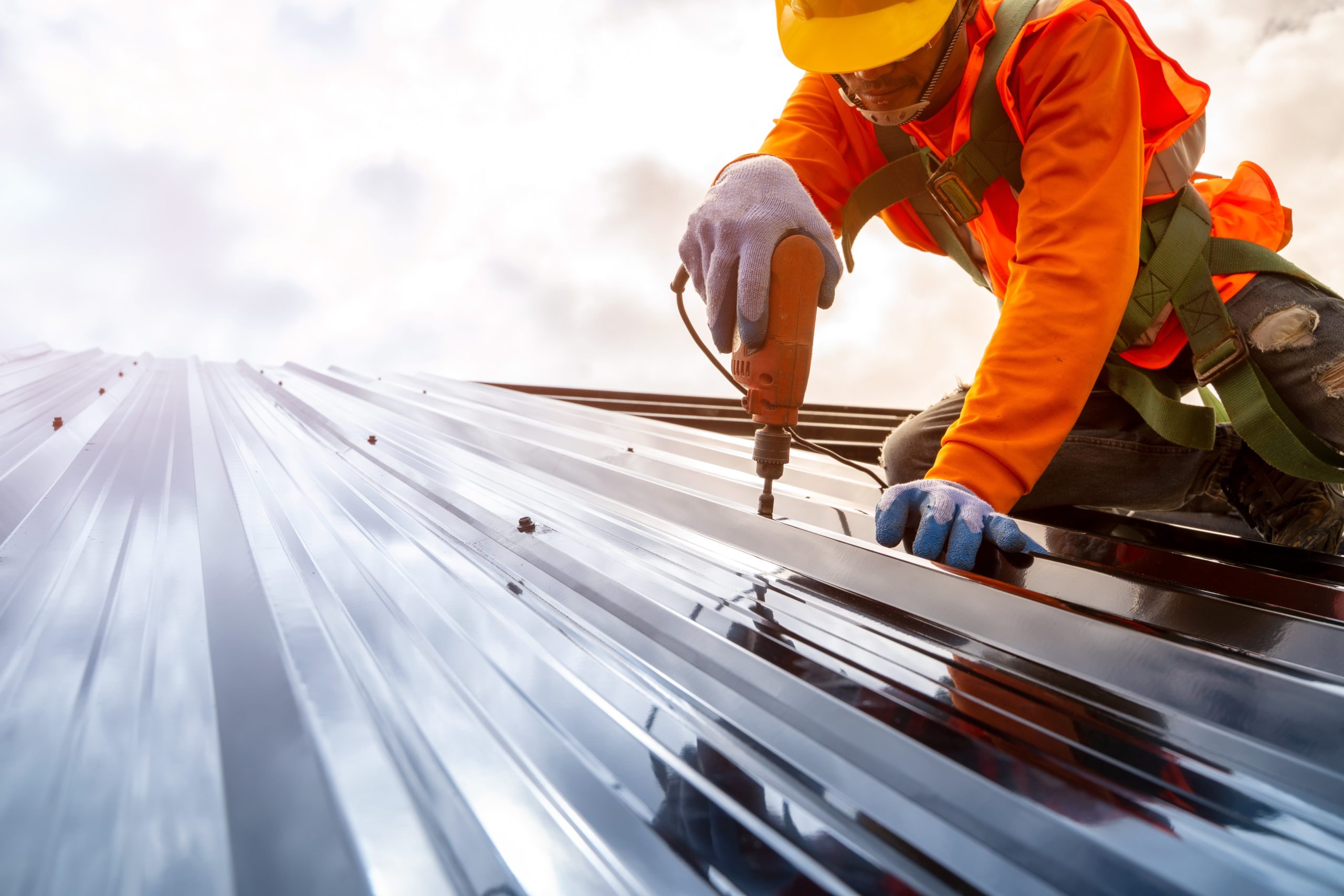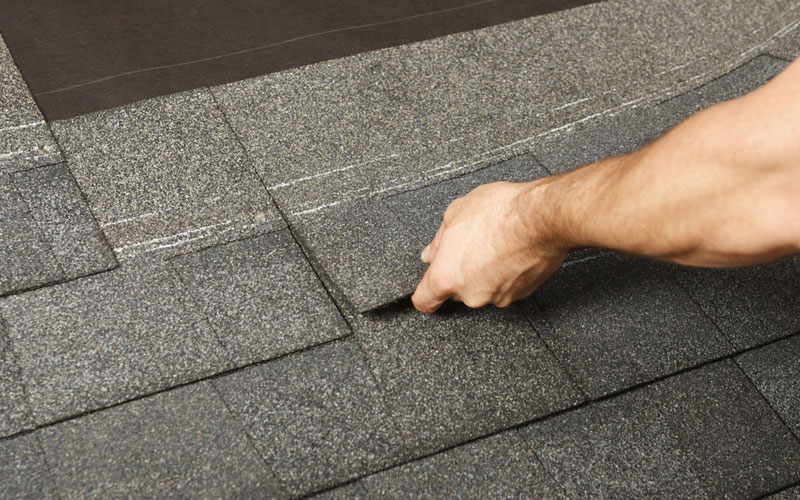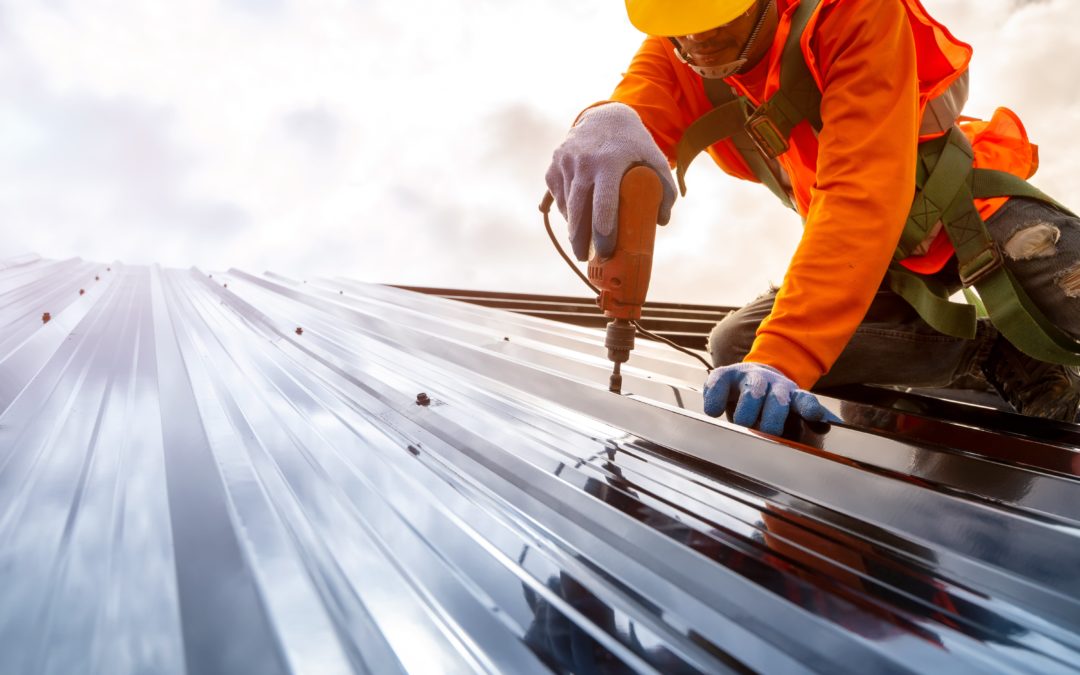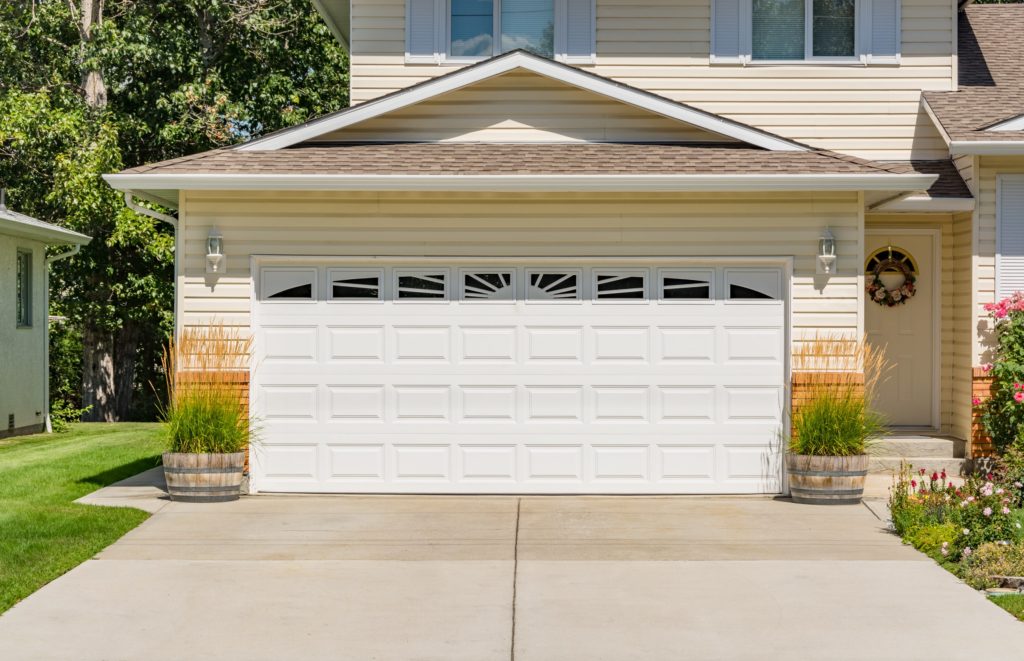Leaking Roof Repair: Unmasking the Causes of a Leaky Roof
If you’ve ever found yourself wading through puddles of water on your living room floor after a rainstorm, then you know the headache that comes with dealing with a leaking roof repair. It can be difficult to identify why it’s happening and almost impossible to fix without professional help. That’s why we are here today – to unmask the causes and provide quick solutions for prevention and repair. No one wants those unexpected leaks or bigger headaches down the line if things aren’t taken care of properly. So let’s get started!
What Causes a Leaky Roof and How to Identify the Problem
A variety of factors can contribute to a leaky roof. Age is one primary cause; as roofing material grows old and deteriorates over time, it becomes more susceptible to the damaging effects of wind, rain, and snow. The gradual wear and tear can compromise the integrity of the roof, leading to potential leaks and water infiltration.
In addition to age, other common culprits can contribute to roof leaks. Broken or missing shingles can create openings for water to seep through. Cracked flashing or valleys, which are responsible for directing water away from vulnerable areas, can become compromised due to weathering or poor installation. Clogged gutters can also cause water to overflow and flow under the roof, leading to leaks and water damage. Furthermore, issues with skylights, such as improper sealing or damaged seals, can allow water to penetrate into the roof structure.
When trying to identify the source of a leak, it is important to take a systematic approach. Start by looking for internal signs of a leak, such as discolored patches on your ceiling or damp walls. If you have access to your attic, check for any signs of dampness or mold growth, as these can indicate water intrusion. On the exterior, thoroughly examine your roof for damaged or missing shingles, paying careful attention to the flashing around chimneys, vents, and skylights, as these are common sites for leaks to occur.
Regular roof maintenance, such as cleaning and inspecting gutters, can help prevent clogs and potential leaks. However, if you are unable to identify the source of the problem or if the damage is extensive, it is advisable to seek the assistance of a professional roofer. They have the expertise and tools to accurately diagnose and address any roofing issues, ensuring the long-term integrity of your roof and the protection of your home.
Best Maintenance Practices for Prevention of Leaks
Preventing a leaky roof can be achieved through proper maintenance and regular inspections. Here are some steps you can take:
- Regular Roof Inspections: Inspect your roof twice a year, ideally during spring and fall. Look for signs of wear and tear, such as cracked or missing shingles, loose or damaged flashing, and other potential issues. If you spot anything amiss, rectify it immediately before it can become a larger problem.
- Keep Gutters Clean: Regularly clean your gutters and downspouts to prevent clogging. Backed up water can cause damage to your roof and induce leakages.
- Trim Overhanging Branches: Trees with branches hanging over your roof can cause damage, especially during storms. Keep them well-trimmed to prevent any physical harm to your roof.
- Check for Moss and Algae: If you notice any moss or algae growth on your roof, make sure to remove it. Over time, these can cause roof materials to deteriorate, leading to potential leaks.
- Ensure Proper Attic Ventilation: A well-ventilated attic can help prevent ice dams in winter by reducing heat build-up in the attic. It also helps in reducing moisture build-up, which can lead to rot and deterioration of the roof structure.
- Professional Inspection: If you’re unsure about the condition of your roof, or if it’s been a while since your last inspection, hire a professional. They can spot potential problems you might miss and offer advice on maintenance and repair.
Following these best practices can significantly extend the lifespan of your roof and help prevent leaks. Remember, prevention is always better – and cheaper – than cure.

Roof Leak Repair Services
DIY Solutions for Minor Repairs
When dealing with minor roof leaks, there are a few DIY solutions that homeowners can take into consideration before calling in professionals. Here are some simple fixes you can try:
- Fixing Shingle Damage: Damaged or missing shingles are one of the most common causes of roof leaks. If you only have a few shingles that are cracked or missing, you may be able to replace them yourself. Shingles can be bought from any home improvement store. Simply remove the damaged shingle, replace it with a new one, and secure it with roofing nails.
- Sealing Leaky Joints: Over time, the roof’s joints, particularly those around the flashings, can become a source of leaks. You can use roofing cement or silicone caulking to seal any visible gaps.
- Flashing Repairs: If the flashing around your chimney, vents, or other roof protrusions is damaged, it can be repaired using roofing cement and a putty knife. Apply the cement generously around the affected area and smooth it out.
- Gutter Repairs: Clogged or damaged gutters can cause water to back up and seep under your roofing material. Regularly clean your gutters and repair any visible damage to prevent this.
- Applying Roofing Tape: Roofing tape, which is a type of rubberized asphalt, can be applied to the underside of the roof deck to mitigate leaks. This is a temporary solution until you can get a professional inspection.
These DIY solutions are best for smaller, more manageable problems. If you’re dealing with a larger issue or if the situation continues to worsen despite your efforts, it’s important to seek help from a professional roofer to prevent further damage to your home.
Warning Signs of Structural Damage and When to Call in the Professionals
While minor roof leaks might be manageable with some DIY solutions, recognizing the warning signs of structural damage is crucial, as these require immediate professional attention. Here are some red flags to watch out for:
- Sagging Roof Deck: If you notice that certain areas of your roof are sagging, this could be a sign of water damage which can weaken the structural integrity of your roof
- Severe Storm Damage: If your area has recently experienced a severe storm or heavy winds, your roof might have sustained damage. Look for missing or broken shingles and other visible signs of damage.
- Interior Water Stains: Discoloration or water stains on your ceilings or walls often indicate a persistent and potentially serious leak.
- Significant Mold Growth: Persistent and extensive mold growth, both on the roof and inside your home, can indicate long-term water damage.
- Cracked or Deteriorating Roof Beams: Visible cracks or deterioration in your attic’s roof beams signal significant structural damage and require immediate attention.
If you observe any of these signs, it’s time to call in the professionals. Professional roofers can perform a thorough inspection, accurately diagnose the problem, and provide appropriate solutions to ensure your roof is safe, secure, and capable of withstanding the elements.
Tips on Choosing the Right Roofing Material and Contractor
When it comes to selecting the perfect roofing material, there are several crucial factors that should be taken into consideration. These factors will help ensure that you make an informed decision that meets your specific needs and preferences.
- Durability and Lifespan: The durability and lifespan of a roofing material are essential considerations. Materials like metal and slate are known for their exceptional longevity and ability to withstand various elements, offering you peace of mind and potentially saving you money on future repairs or replacements.
- Aesthetic Appeal: The look of your roofing material should seamlessly blend with the overall aesthetic of your home. Whether you prefer a classic and timeless appearance or a more contemporary and modern style, choosing a roofing material that complements your home’s architecture and enhances its curb appeal is crucial.
- Cost: Budget always plays a significant role in any home improvement project. While asphalt shingles are generally more affordable, it’s important to weigh the long-term benefits of more expensive materials like cedar or metal. These materials not only provide durability but also offer a unique and visually appealing look that may be worth the investment.
- Energy Efficiency: Energy efficiency has become a top priority for many homeowners. Certain roofing materials, such as reflective metal roofs or cool roofs, can help improve insulation and reduce heating and cooling costs. By selecting a material with excellent energy efficiency, you can make your home more environmentally friendly and potentially save money on energy bills.

Best Roofing Material
Finding the right contractor is equally crucial in ensuring a successful roofing project. Here are a few additional tips to consider:
- Experience: Take into account the contractor’s experience in the industry. An established and experienced contractor is likely to have a wealth of knowledge and expertise, ensuring a high-quality installation.
- License and Insurance: It’s vital to verify that the contractor is licensed and insured. This protects both you and the contractor from any liability in case of accidents or property damage during the project.
- References: Request references and take the time to read online reviews from previous customers. This will give you valuable insights into the contractor’s reputation and the quality of their workmanship.
- Written Estimate: Obtain a detailed written estimate from the contractor that includes the cost of materials, labor, and any additional expenses. This will help you compare bids more effectively and avoid any surprises when it comes to the final cost of the project.
- Warranty: Inquire about the contractor’s warranty policy. A reliable contractor should offer a warranty that covers both materials and workmanship. This provides you with peace of mind knowing that any potential issues will be addressed promptly and at no additional cost.
By carefully considering these aspects and paying attention to detail, you can confidently choose the right roofing material and contractor for your specific needs. This will result in a durable, attractive, and long-lasting roof that enhances the overall beauty and value of your home.
Tips on Staying Within Your Budget for Roof Repair or Replacement
Staying within budget while undertaking any roofing project requires careful planning, smart choices, and diligent management of resources. Here are some practical tips to help you keep costs under control:
- Detailed Inspection and Accurate Estimate: Start with a thorough inspection of your roof and a detailed estimate of the repair or replacement costs. This will help you understand the extent of the work involved and the resources required, allowing you to budget accordingly.
- Prioritize Needs Over Wants: While it may be tempting to opt for the highest-end materials or the latest roofing trends, it’s vital to prioritize your needs over wants. Choose durable, cost-effective materials that suit your needs and the local climate.
- Get Multiple Quotes: Obtain quotes from several contractors to compare costs and services. This will give you a clear idea of the market rate and help ensure you’re getting the most value for your money.
- Consider Long-Term Savings: While some materials or services may seem expensive upfront, they could potentially save you money in the long run due to their durability or energy-saving properties. Consider such long-term savings when making your budget.
- Plan for Unexpected Costs: Always set aside a contingency fund for unexpected costs that might arise during the project. This will prevent you from going over budget due to unforeseen issues or complications.
By following these tips, you can effectively manage your budget and ensure a successful, cost-effective roof repair or replacement.

Roof Repairing Professional
In conclusion, selecting the right roofing material and professional roofing company, as well as effectively managing your budget, are essential steps in achieving a durable and aesthetically pleasing roof for your home. By considering the factors mentioned above and following practical tips, you can make informed decisions that meet your specific needs and preferences while staying within your budget. Remember, investing in quality materials and services now can save you time, money, and stress in the long run.
https://www.google.com/maps?cid=465871782046421571





